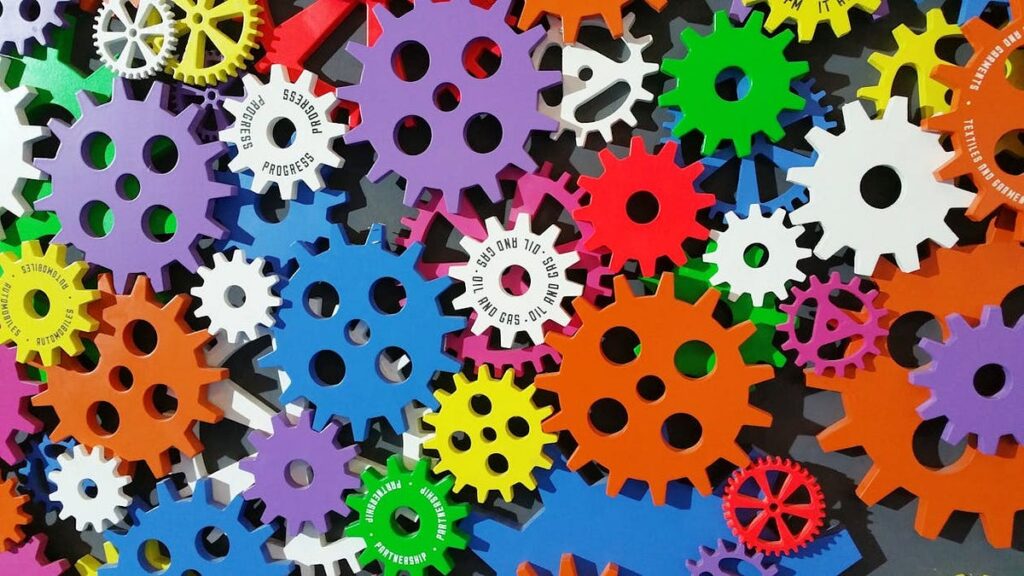How to Instantly Detect Data Quality Issues and Identify Their Causes
In today’s fast-paced, data-centric universe, organizations of all shapes and sizes depend on accurate information to steer their critical business decisions. Just picture it: one tiny slip-up in the data displayed on a dashboard can lead to a cascade of misinformation spreading like wildfire throughout an organization. It’s a scenario every Data Engineer dreads.
The Importance of Data Quality
As a responsible Data Engineer, ensuring that your data is pristine is absolutely crucial. Yet, despite our best efforts, data quality issues can happen. The unfortunate reality is that completely preventing them is nearly impossible. However, we can certainly take steps to minimize their impact. Here are two pivotal actions we can embrace:
- Be the first to know when data quality issues arise
- Minimize the time required to fix the issue
In this article, I’ll demonstrate how to tackle the second point right in your code. We’ll set up a data pipeline in Python using generated data from Mockaroo and utilize Tableau to swiftly pinpoint the sources of any errors.
Instant Detection of Data Quality Issues
Imagine you’re in the middle of a critical meeting, and your dashboard displays a critical insight, only for someone to discover that the data is flawed. You’d want to identify the issue right then. The key to achieving this lies in creating a data pipeline that monitors and validates data in real-time.
Step 1: Setting Up Your Data Pipeline
When constructing your data pipeline in Python, here’s a quick and effective method:
- Use Mockaroo to generate realistic data that mirrors your organization’s requirements.
- Build your pipeline using Python to fetch, clean, and transform your data.
- Continuously test for common data quality issues – like missing values or bizarre anomalies.
Having a robust infrastructure allows you to monitor the flow of data constantly, which leads to quicker identification of any arising problems.
Step 2: Leveraging Tableau for Insight
Once you have your data flowing smoothly, Tableau can step in as your powerful ally in visualizing and analyzing it. Here’s how to use Tableau effectively:
- Create dashboards that not only represent your data but also highlight anomalies and errors when they occur.
- Set alerts for any unusual data patterns that might indicate quality issues.
- Use visualization techniques to easily spot trends and outliers in the data.
This proactive approach means you get to tackle potential issues as they arise, rather than scrambling when they’ve already caused havoc.
Real-Life Scenarios
Consider this real-life scenario: A marketing team at a local tech startup recently launched a new campaign based on data that showed a spike in customer interest. However, when they presented their findings, they discovered the data had an error, leading to misguided strategy.
Had they implemented a reliable data quality monitoring process, they would have caught the issues early, allowing them to present accurate insights and make timely corrections.
Conclusion
In this ever-evolving landscape of AI and data-driven decision-making, the integrity of your data is non-negotiable. Building systems that enable real-time monitoring and quick resolution of data quality issues can save organizations from navigating the trickiest waters of misinformation.
The AI Buzz Hub team is excited to see where these breakthroughs take us. Want to stay in the loop on all things AI? Subscribe to our newsletter or share this article with your fellow enthusiasts.




